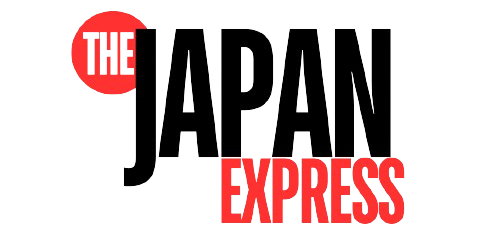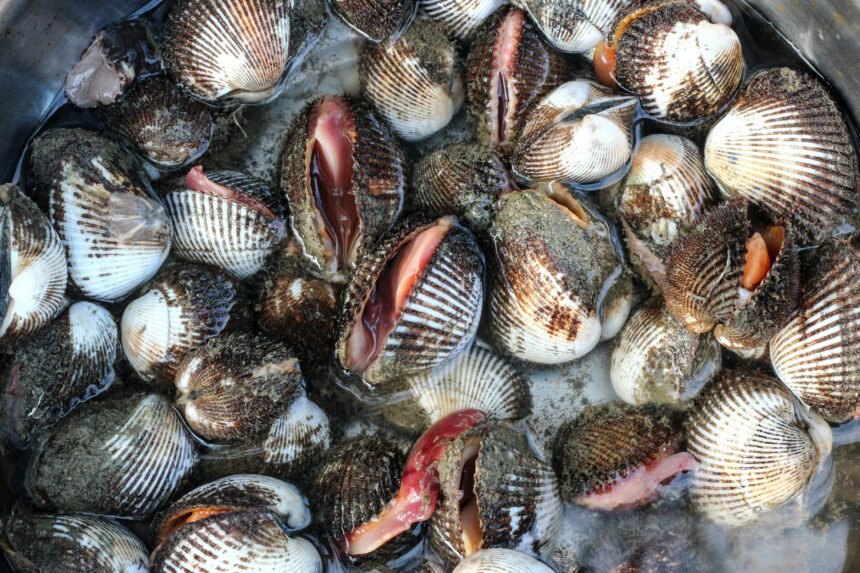In response to China’s seafood embargo after the release of treated water from the Fukushima Daiichi Nuclear Power Plant, Japan’s government and private sector are intensifying efforts to expand new markets for scallops, a key export product.
Following China’s seafood import ban after the release of treated water from the Fukushima Daiichi Nuclear Power Plant, Japan’s public and private sectors are intensifying efforts to cultivate new markets for scallops, a key export product. While overall exports remain below pre-release levels, the distribution landscape has shifted significantly, with exports to the United States seeing a sharp increase. The processing system is also undergoing a review, signaling a clear shift away from reliance on China. Prior to the treated water release, over 50% of scallop exports went to China, where they were often processed and then supplied to the U.S. market. The disruption has placed fisheries businesses in a precarious position.
In response, the Japanese government rolled out a 100.7 billion yen support package for the fisheries industry in September of last year. This initiative has promoted diversification of export destinations and strengthened domestic processing capabilities. The Japan External Trade Organization (JETRO) facilitated over 1,400 business meetings between overseas buyers and fisheries businesses in fiscal 2023, generating interest in Japanese scallops, known for their thick flesh. This has led to successful deals, such as a U.S. wholesaler agreeing to purchase them. Future efforts will focus on developing demand in emerging markets, like the Middle East, and in sectors beyond Japanese cuisine.
From January to June this year, scallop exports totaled 24.1 billion yen, a 37% decline from the same period last year, underscoring the significant gap left by the Chinese market. However, exports to the United States surged by 64%, and exports to Taiwan increased by 21%. JETRO Chairman Norihiko Ishiguro anticipates that this gap will be somewhat compensated for in the near future.
In Hokkaido, a major scallop-producing region, there is a wave of expansion in processing systems in anticipation of these structural changes. In July, Kyokuyo, a leading seafood company, established a joint venture with a Canadian firm in Hokuto City to create a production system independent of overseas companies. The Hokkaido Fisheries Cooperative Association plans to launch a new processing facility in Wakkanai City as early as next spring. Meanwhile, Hakodate-based seafood processor Kyuichi has invested in new freezing equipment to boost production efficiency. The company’s director, Yumiko Nakanishi, highlighted the importance of diversifying sales channels to mitigate management risks.
JETRO has also been proactive in identifying alternative processing locations to China, sending inspection teams to Vietnam in January and Mexico in March. With the risks of dependence on China now apparent, Chairman Ishiguro noted that “it is highly unlikely that trade flows will simply revert to their previous state, even in the future.
JETRO facilitated over 1,400 business meetings between overseas buyers and Japanese fisheries companies in fiscal 2023, highlighting the growing interest in Japanese scallops, known for their meaty texture. This has already led to successful deals, such as a U.S. wholesaler agreeing to purchase the product. Moving forward, the focus will shift towards emerging markets like the Middle East, which has a large affluent population, and on creating demand in non-Japanese cuisines.
From January to June this year, scallop exports amounted to 24.1 billion yen, marking a 37% decline from the same period last year. The absence of the Chinese market has created a significant gap, but exports to the U.S. have increased by 64%, while those to Taiwan have risen by 21%. JETRO Chairman Norihiko Ishiguro is optimistic that the shortfall will be partially mitigated in the near future.
In response to anticipated structural changes, Hokkaido, a major scallop-producing region, is bolstering its processing systems. In July, leading fishery company Kyokuyo formed a joint venture with a Canadian firm in Hokuto City, aiming to establish a production system independent of foreign countries. The Hokkaido Fisheries Cooperative Association is set to open a new factory in Wakkanai City as early as next spring. Meanwhile, Hakodate-based seafood processor Kyuichi has invested in new freezing equipment to enhance production efficiency. The company’s director, Yumiko Nakanishi, emphasized that diversifying sales channels is crucial for reducing management risks.
JETRO is also intensifying efforts to identify alternative processing locations outside of China, with inspection teams sent to Vietnam in January and Mexico in March. Chairman Ishiguro has underscored the risks of dependency on China, noting that it is unlikely trade patterns will simply revert to their previous state in the future.




